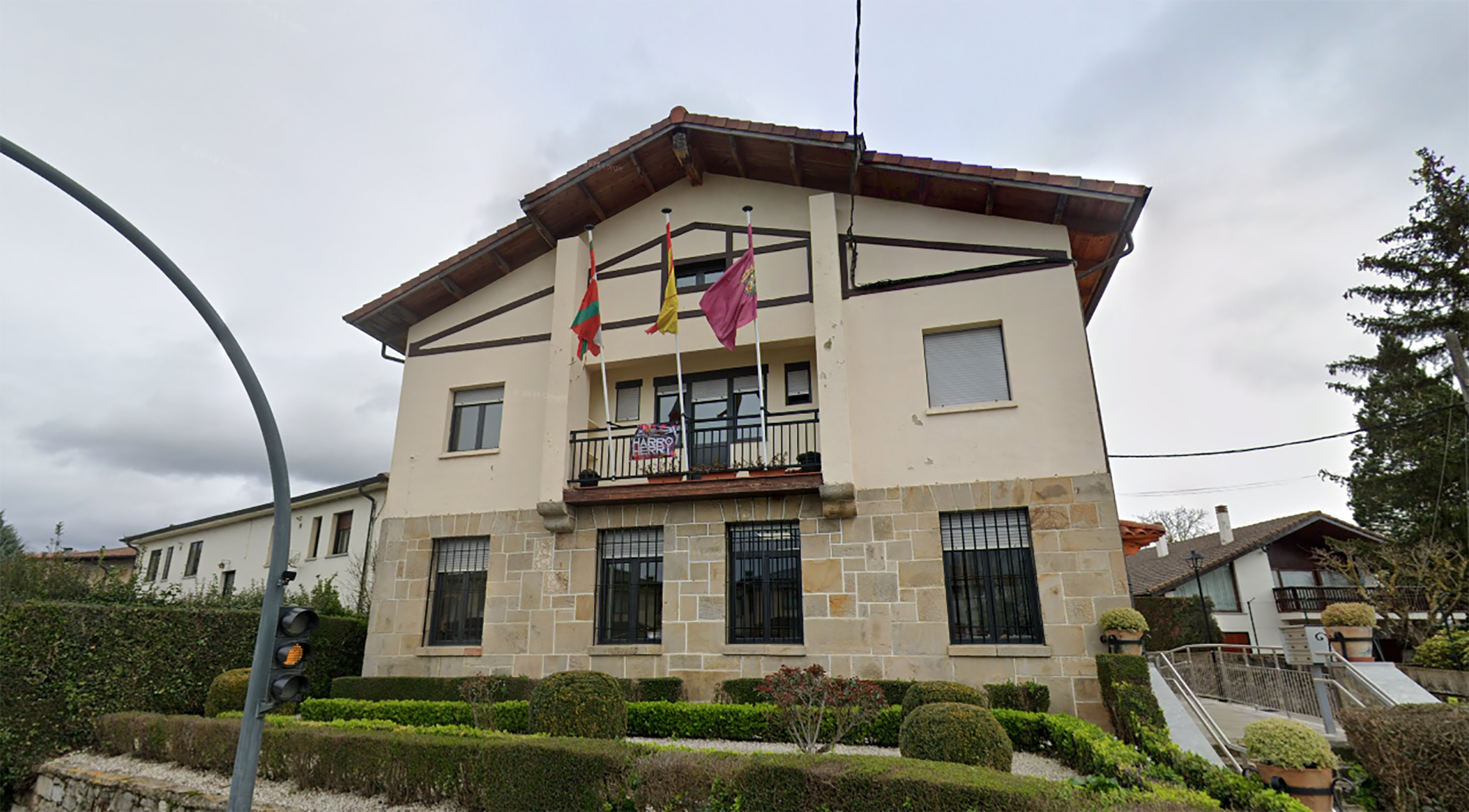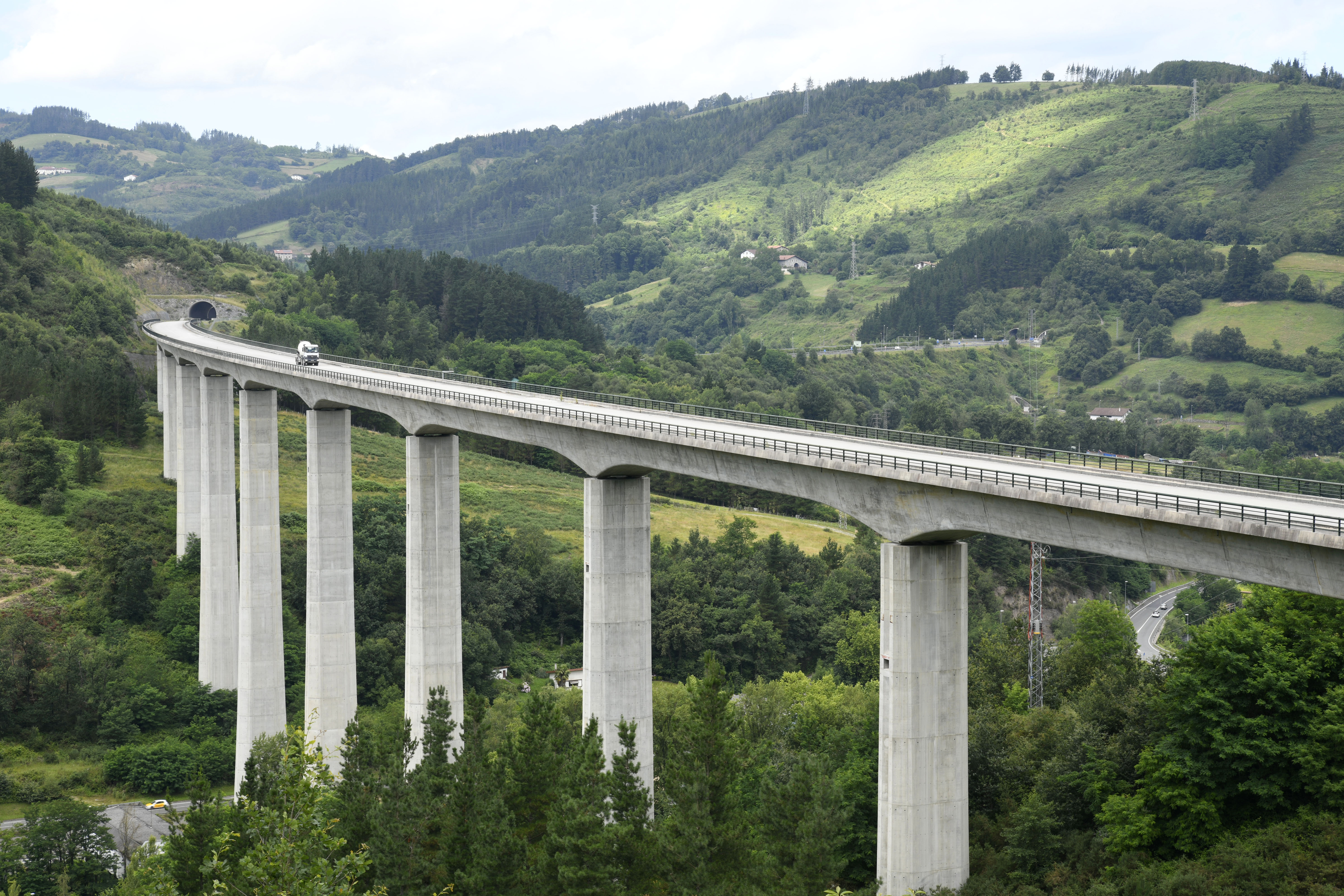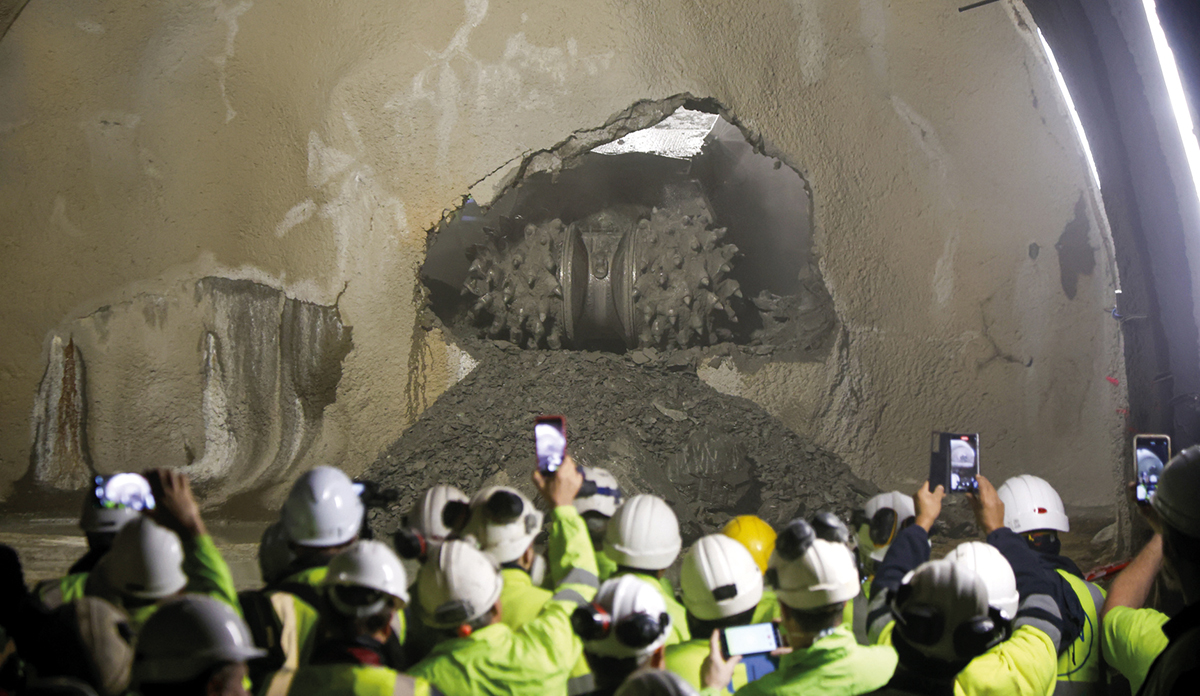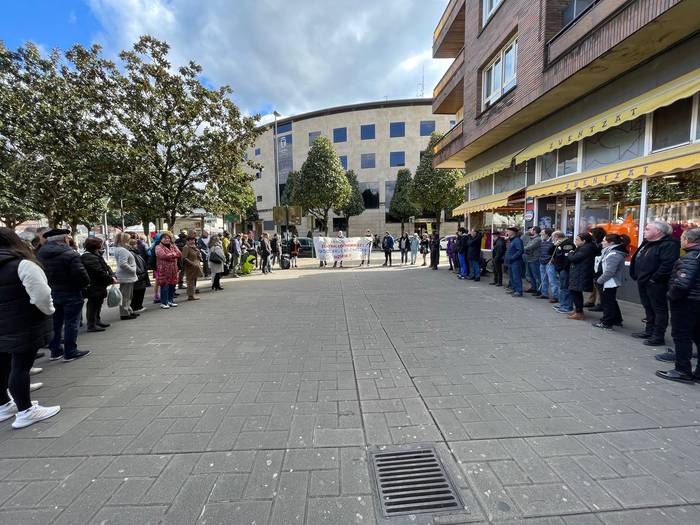More cement for Mining Area and Left Margin
- In recent months – not for the first time – an infrastructure project is taking place at the beginning of the century: the southern railway variant, which aims at the extraction of goods by train arriving at the port of Santurtzi. At the moment there is only one section executed, the tunnel under Mount Serantes. Completed, but closed, no train has been running since the end of 2010. The Government of Spain has proposed a new 12-kilometre railway line between Ortuella and Bilbao to give final use to the tunnel, but the project has been submitted to numerous allegations by local associations and entities of the Left Margin and Mining Area.
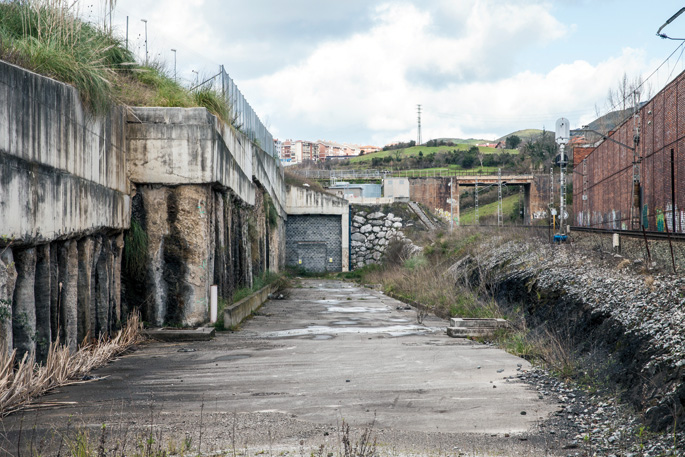
The Serantes tunnel has been known as the “Castellón Airport” of the Basque Country. The Spanish Ministry of Development approved the building construction project in 2001, but the works did not begin until 2005. End 2010. The aim was to bring on board some of the goods leaving the Port of Santurtzi by train so that the villages of the Left Margin (Santurtzi, Portugalete, Sestao, Barakaldo) could get rid of the burden of this transport.
To get rid of some, you had to put them on the shoulders of others. The pattern of the Serantes tunnel required port goods to pass through the municipalities of Ortuella and Trapagaran, in the Meatzaldea valley. The project received a response in these municipalities, including the Meatza platform, and it was finally agreed that the tunnel would not work until the complete southern railway variant was completed.
In 2008, the eighteen-kilometer variant project was approved, which would reach Arrigorriaga without crossing the urban area. The cost is EUR 600 million. By then the economic crisis had begun and Madrid had not joined the project. The Serantes tunnel is over, with a cost of almost EUR 50 million, but it is still in use, according to the sources.
Reactivate the theme in 2014
The event occurred in a suckle that lasted until 2014. Then, the inhabitants of the region learned through the press that some public representatives from Spain and the Basque Country had begun to show their intention to launch the tunnel. The Meatza platform was reactivated a decade ago and 2,000 people gathered in January 2015 at the Ortuella and Trapagaran rally.
Finally, at the end of November, a week before the beginning of the campaign for the general elections, the specific intention of the Ministry of Development was known. In particular, the investigation report for the first phase of the southern railway variant was published on 28 November, opening a period of one month to submit claims. The 2008 targets have been lowered, but they are not fragile: although the report looks at a number of itineraries, the Ministry’s priority would be 12 kilometres long and cost approximately EUR 300 million.
Most of the route, about nine kilometers, would go below the three tunnels and have two viaducts. The same report acknowledges that it is the most expensive and harmful to the environment in all options, but prioritizes it by “functionality”. That is, because it would be the most appropriate for connection with the possible TAV line between Bilbao and Santander.
Damage to the environment
The project has received numerous allegations, both from the grass-roots movement and from the institutions, in particular from local councils. It is worth mentioning, in this sense, what was said about the route proposed by the mayor jeltzale of Barakaldo, Amaia del Campo: “It’s a savage for the environment.” Precisely, the platform Barakaldo Naturala, which works in the defense of the last natural spaces of the municipality, has presented several allegations to the report of the Government of Spain. Among other things, they stress that high-value sites would be destroyed.
On the other hand, Barakaldo Naturala recalls in his allegations that the project report does not take into account that the warehouse in Argalario, under which one of the tunnels would be built, should be emptied within a maximum period of ten years. Hundreds of thousands of tons of lindane remain hidden in the Argalario area.
The project in question
Beyond the specific environmental claims, the Barakaldo Naturala and Meatza associations, which have submitted a total of 72 claims, question the whole project. They say that we must rethink the way in which goods are transported in the port, taking account of the opinion of the citizens of the area. “The problem is that the main objective of the research report is to open the Serantes tunnel. It is an attack on our quality of life, and it is not the first, without thinking that there are alternatives to opening the tunnel.”
The supporters and opponents of the path proposed by the Government of Spain do not agree on a fundamental issue. The first block, which includes the majority of the political groups represented in the Basque Parliament, points to the need to open new routes for the transport of goods in the Port of Santurtzi by the increase in the number of goods arriving at the port: Around 10% from 2012.La opinions of groups that oppose the project is different from that of EH Bildu, among others. The coalition and the green group Eguzki argue that, from a broader point of view, the data are very different: specifically, 25% between 2007 and 2013.
The Spanish Ministry of Development is awaiting the next phase of the Special Development Plan, like some others.
Do not look for this connection from Ezkio or Altsasu, let alone crossing the Ebro River through Castejón. The connection, or rather the connections, between the Basque Y and the AVE of Navarre is already a reality. It is these links in the plural that should concern us and... [+]
EH Bilduk galdera sorta bat erregistratu zuen Eusko Legebiltzarrean Donostiako Metroaren igarobideko lanen gainkostua argitzeko. Informazio hori atzo jakinarazi zuen Susana Garcia Chueca Mugikortasun sailburu sozialistak.
Martxoaren 19an amaitu zen proiektua aurkezteko epea, baina Errioxako PSOEk adierazi du Forestalia enpresak "interesa baztertu" duela. Enpresak bi parke eoliko eraiki nahi zituen Aragoiko lurretan, baina oraindik ez ditu lortu baimenak eta hori dute egitasmoa... [+]
EAE, Akitania Berria eta Nafarroak osatutako euroeskualdearen batzarra egin dute Iruñean martxoaren 25ean. AHT izan dute topaketaren ondoko agerraldiko aipagai nagusien artean eta Akitania Berriko ardatza Hego Euskal Herriko trenbidearekin lotzeko konpromiso politikoa... [+]
Dakota Access oliobidearen kontrako protestengatik zigortu du Ipar Dakotako epaimahai batek erakunde ekologista, Energy Transfer Partners enpresak salaketa jarri ostean. Standing Rockeko sioux tribuak protesten erantzukizuna bere gain hartu du.
Koalizio abertzaleko hiru ordezkariek ohar baten bidez euren "frustrazioa" adierazi dute proiektu fotovoltaikoa ezin gelditzeagatik: "Egoera horren aurrean, ez gara legegintzaldia amaitzeko indarrez sentitzen". Proiektu honi ez! plataformak salatu du EH Bilduren... [+]
Datorren udaberrian, Stop AHT Zundaketak ekimenak bi urte beteko ditu. 2023ko maiatzean, ADIFek Itza, Sakana eta Goierriko udalei jakinarazi zien zundaketa geoteknikoak eta beste jarduketa batzuk egingo zituela AHTaren Nafarroako korridorea Euskal Y-arekin lotzeko alternatibak... [+]
Josu Estarrona EH Bilduko Arabako senatariak egindako galderari erantzun dio Espainiako Sustapen Ministerioak, eta hor berretsi du Ezkioko aukera zailtasunez beteta dagoela.
Satorralaia plataformak Donostiako Metroaren Mirakontxa-Easo zatiko lanek “%164ko gainkostua” izan dutela salatu zuen joan den astean, eta, horren harira, EH Bilduk gainkostu hori argitzeko eskatu du, Eusko Legebiltzarrean erregistratutako galdera sorta baten bidez.
Elkarretaratzea egin zuen Aiaraldeko Mendiak Bizirik plataformak atzo Laudioko Lamuza plazan, Mugagabe Trail Lasterketaren testuinguruan.












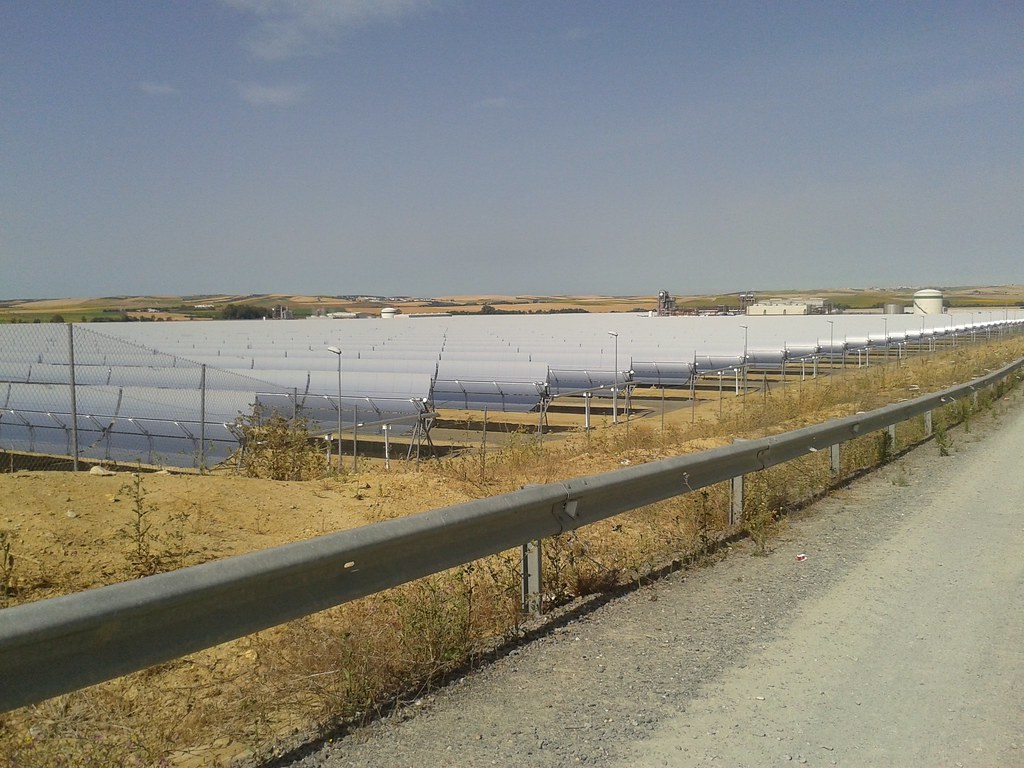
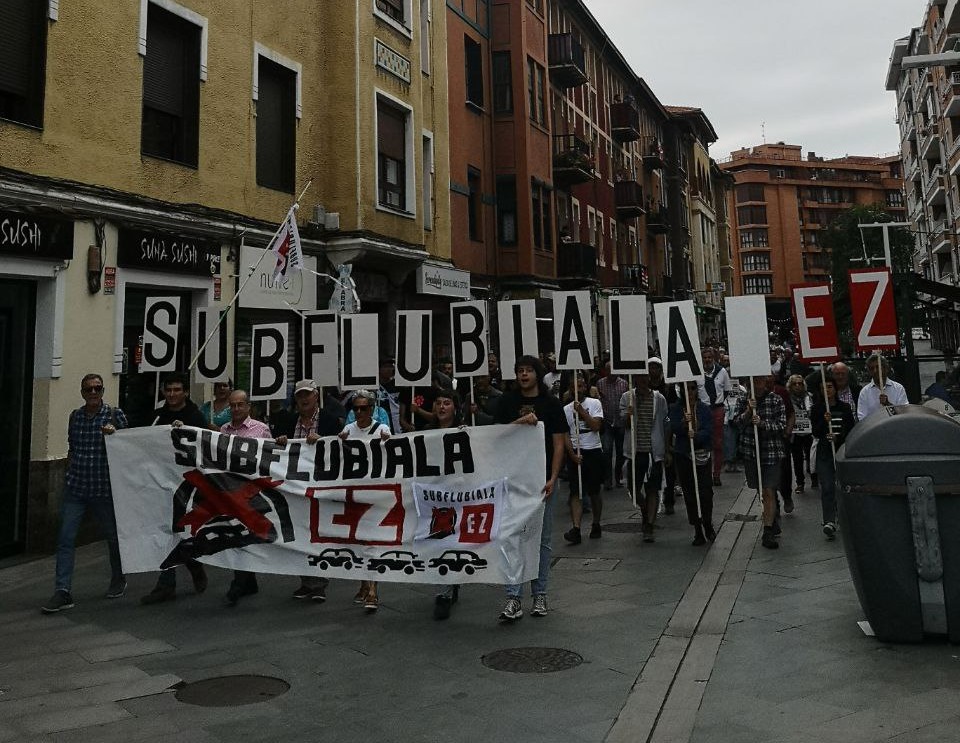
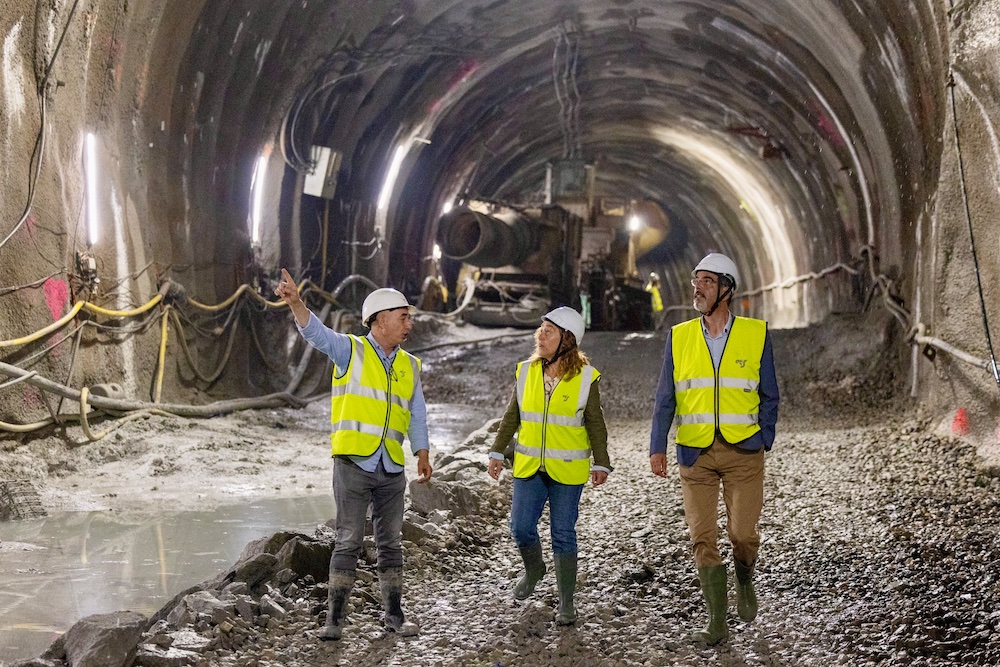

.jpg)

